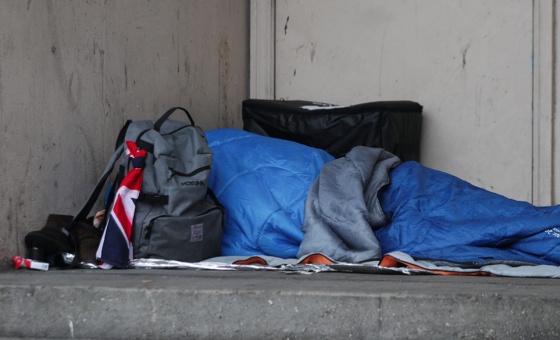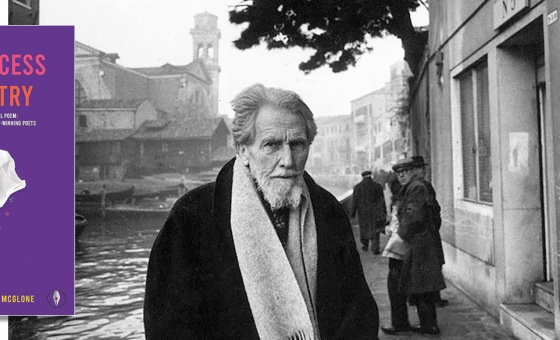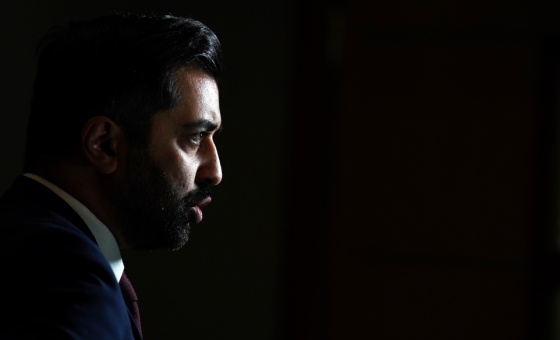This is the last article you can read this month
You can read more article this month
You can read more articles this month
Sorry your limit is up for this month
Reset on:
Please help support the Morning Star by subscribing here
OUR version of the present-day royals is carefully constructed and curated. Kept at bay behind a red velvet rope, we will never get a glimpse into the bedrooms and offices of regal power. That is, other than in period dramas.
In film and TV dramatisations of familiar royal tales, the audience is presented with a romanticised and glamorised vision of royal history. Sumptuous silks and gilded homes make up the lush material world on screen.
In reality, they are far removed from the bed bugs, tedious political documents and the stench of recently used chamber pots.
The visuals are so rich that audiences will often remember the wonderful costumes, forgetting the bloody details of the Wars of the Roses or the shady political machinations of a royal court.
From the high ruffs and jewelled headpieces of the Tudors to the ballgowns and tiaras of modern royals on screen, these costumes provide a glossy veneer to people and history that is, at times, quite dark. The individuals become characters in costumes, nothing more than well-dressed princes and princesses, kings and queens in stories that often overtake reality.
Costuming choices can reinforce well-worn and familiar royal stereotypes. If you imagine Queen Victoria in mourning, you might envision Judy Dench in black silk and a widow’s cap. Thinking about Elizabeth I might make you picture a regal Helen Mirren in a ruff protruding from her neck. And party-loving Charles II brings to mind the lustrous curly locks of Rufus Sewell in a long wig.
Costumes can also radically challenge and rewrite how we view past royals. Portraits by Hans Holbein of Henry VIII in his later years and early screen depictions are of a corpulent king and bejewelled monarch.
Joan Bergin’s costuming of Jonathan Rhys Meyers’s Henry VIII in The Tudors (2007-2010) instead included lots of leather, tight doublets and open shirts. Bergin’s costumes transformed the serial groom into a sexy sportsman, rescuing this younger incarnation of Henry VIII from historical oblivion.
The Crown is the latest screen delight to offer us a glimpse behind the royal curtain, and fans can’t seem to get enough of Princess Diana, portrayed by Emma Corrin.
Unlike Henry VIII, Diana was in no need of an image update. The princess was a fashion symbol in her lifetime and The Crown’s season-four costume designer, Amy Roberts, took the opportunity to recreate some of Diana’s genuinely iconic outfits. Roberts’s recreation of Diana’s early wardrobe was remarkably faithful, treading a fine line between historical fact and fantasy.
Such was the furore over the fashion that brands have seized upon the outfits, creating wearable versions for a new generation of Diana fans eager to emulate the late princess. In October 2020, Corrin hit the cover of Vogue in a Diana-esque 1980s concoction, and copies of Diana’s iconic sheep jumper can be purchased for an eye-watering £250.
While Diana’s 1980s chic, now considered period costume, has enjoyed a revival in mainstream fashion, it resonates with a desire to cosplay as a royal. Even in historical documentaries about the monarchs framed as authentic and factual accounts of Britain’s royal past, historians such as Lucy Worsley are renowned for using dressing-up as a way to breathe life into long-dead monarchs. While Worsley’s “dress-up box” version of history may not be for everyone, it plays into a desire to humanise historical characters.
Like the living-history interpreters who, pre-Covid, inhabited the historic royal palaces sites that Worsley oversees, donning a doublet and hose resuscitates royals who we can otherwise only view in oil paintings.
Costume may help us time-travel. But by lacing up a corset, tying on a ruff, or even donning a Sloane-ranger Barbour jacket, a modern-day human being cosplays as royal, rendering that person a caricature.
The costume creates a distance between the real person with all their problematic behaviour and turns them into a beautifully dressed symbol of a bygone Britishness. There is certainly magic in the costumes — but that magic can obscure the darker parts of royal history that should be remembered.
Serena Dyer is lecturer in history of design & material culture, De Montfort University.











